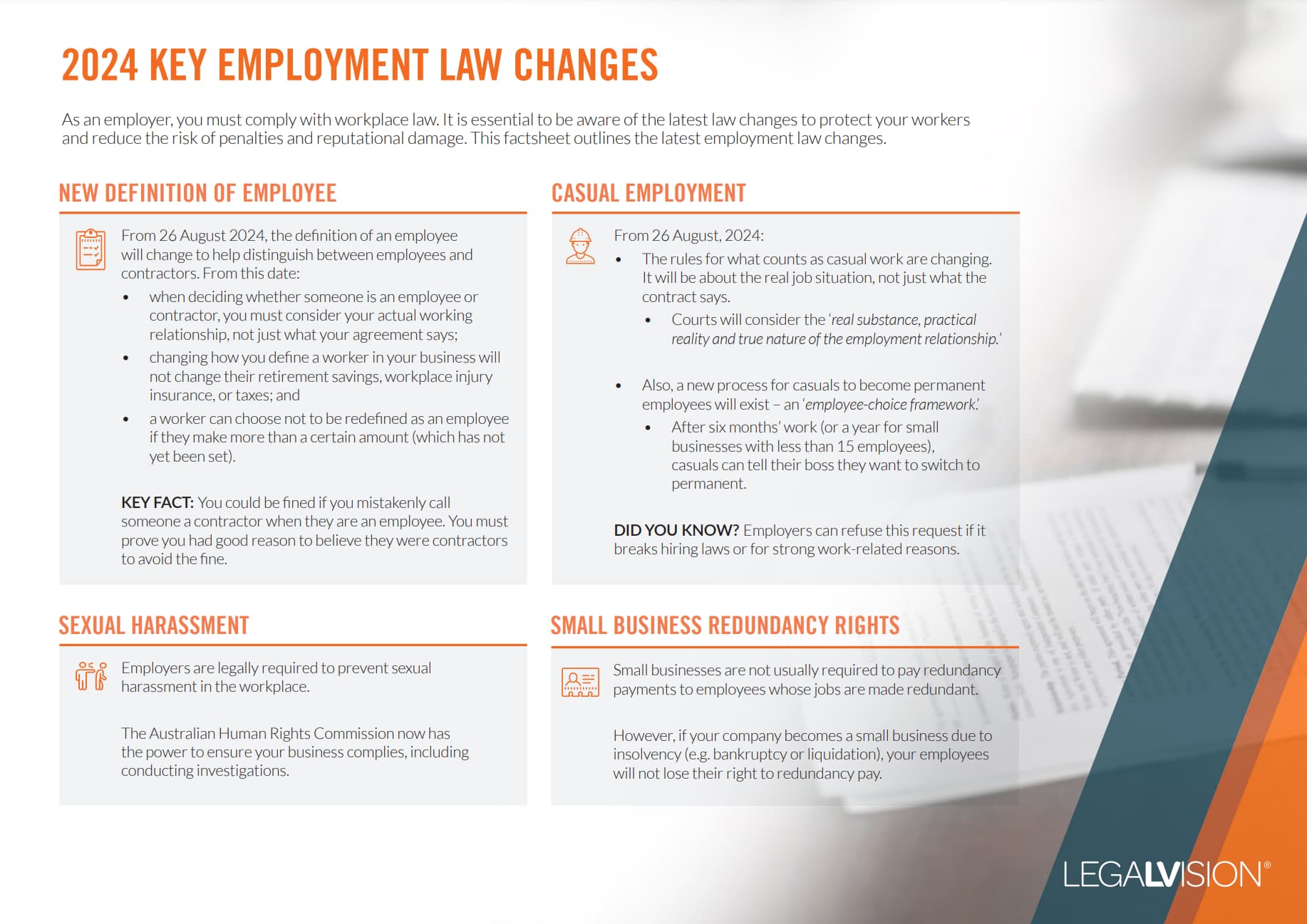As an employer in Australia, you are responsible for ensuring that your employees receive their rightful superannuation (super) contributions, which form a critical part of their retirement savings. The Superannuation Guarantee (SG) laws require you to make regular payments to your employees’ super funds. Failing to meet these obligations can lead to significant financial penalties and legal consequences, so understanding how much super to pay and when to pay it is essential.
The laws surrounding super contributions can appear complex. Still, with a solid grasp of the rules and an effective process for managing super payments, you can stay compliant and secure your employees’ financial futures. This article will guide you through the essentials of determining how much super to pay, what income qualifies for super contributions, and the importance of adhering to deadlines.
Superannuation Guarantee Contribution Rate
The SG is the minimum amount of super you must pay eligible employees. Currently, the SG contribution rate is set at 11.5% of your employee’s ordinary time earnings (OTE), which will increase to 12% starting 1 July 2025.
Understanding the SG payable amount is crucial because it forms the foundation of your super obligations. If you underpay your employees’ super, even accidentally, you may be liable for the Super Guarantee Charge (SGC), which is a financial and administrative burden.
Ordinary Time Earnings
To calculate the correct SG contributions, you need to understand the concept of OTE. OTE refers to the amount your employees earn for their ordinary work hours. It includes:
- certain overtime payments;
- shift loadings;
- annual leave loadings;
- bonuses;
- certain allowances; and
- commissions.
If your employees work overtime beyond the ordinary hours outlined in their employment agreement, you do not include these amounts in their OTE or pay super on them.
To ensure compliance, it is important to understand what counts as OTE in your business context. Miscalculating your employees’ OTE can result in paying too much or too little super, which can have consequences.
Continue reading this article below the formMaximum Contribution Base
While you are required to pay super on your employees’ OTE, there is a cap on the earnings you need to consider for SG contributions. This is known as the maximum contribution base. The maximum contribution base for the 2024-2025 financial year is $65,070 per quarter.
The maximum contribution base is adjusted annually, so it is essential to stay informed about the latest figures to ensure that you are not underpaying or overpaying your super contributions.
Deadlines for SG Contributions
SG contributions must be paid at least quarterly, with deadlines on the 28th day of the month following the end of each quarter. These deadlines are:
- 28 January for the October to December quarter;
- 28 April for the January to March quarter;
- 28 July for the April to June quarter; and
- 28 October for the July to September quarter.
From 1 July 2026, employers will be required to pay their employees’ superannuation in addition to their salary and wages.
Payments for Former Employees and Back Pay
Sometimes, you may need to make super contributions for employees who no longer work for you, especially in cases of back pay or outstanding payments. If these payments relate to OTE, you must still make the appropriate super contributions, even if the employee has left your company.
Moreover, this obligation also applies to back pay, which is any payment you make to employees after they have left your employment. If the back pay relates to periods when they were earning OTE, super contributions must be made on this amount.

As an employer, it is essential to understand what employment laws have changed and their implications for your business — particularly the changes to the Fair Work Act 2009 through the new Closing the Loopholes legislation.
Key Takeaway
Any employer in Australia must ensure that their employees receive the correct amount of superannuation. The current SG rate is 11.5% of OTE but will increase to 12% from 1 July 2025. Super contributions must be paid quarterly, and failure to meet deadlines can result in hefty penalties under the SGC.
If you are uncertain about your legal obligations surrounding superannuation or other employment issues, our experienced taxation lawyers can assist as part of our LegalVision membership. For a low monthly fee, you will have unlimited access to lawyers to answer your questions and draft and review your documents. Call us today on 1300 544 755 or visit our membership page.
Frequently Asked Questions
How much super do I need to pay my employees?
You must pay a minimum of 11.5% of your employees’ Ordinary Time Earnings (OTE) as super contributions. This rate will increase to 12% from 1 July 2025. Be sure to calculate super on eligible OTE components like regular earnings, bonuses, and certain allowances.
What are the deadlines for super contributions?
Super contributions must be paid quarterly, with deadlines as follows:
- 28 January (for October–December quarter)
- 28 April (for January–March quarter)
- 28 July (for April–June quarter)
- 28 October (for July–September quarter)
Starting 1 July 2026, super must be paid at the same time as salary and wages.
We appreciate your feedback – your submission has been successfully received.











